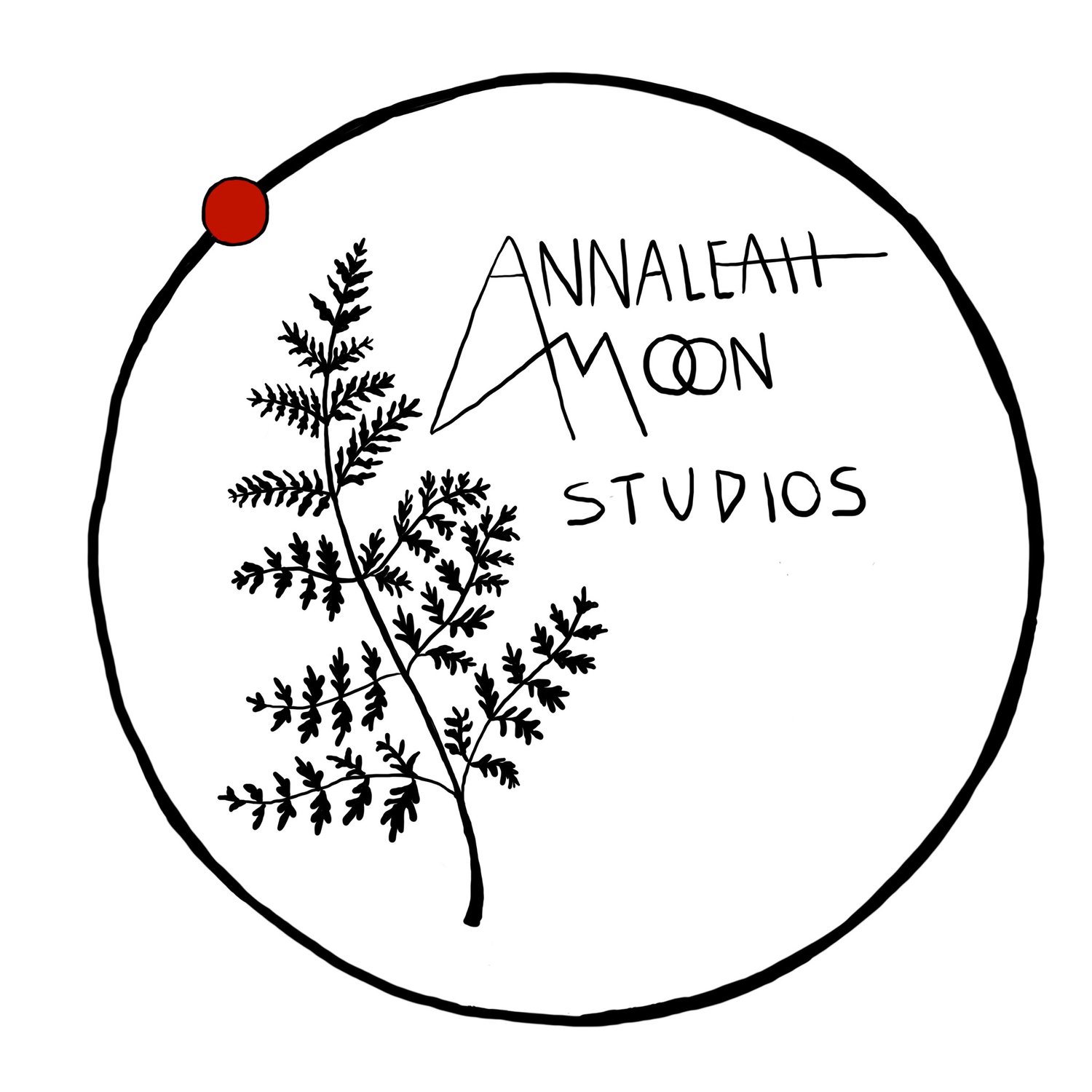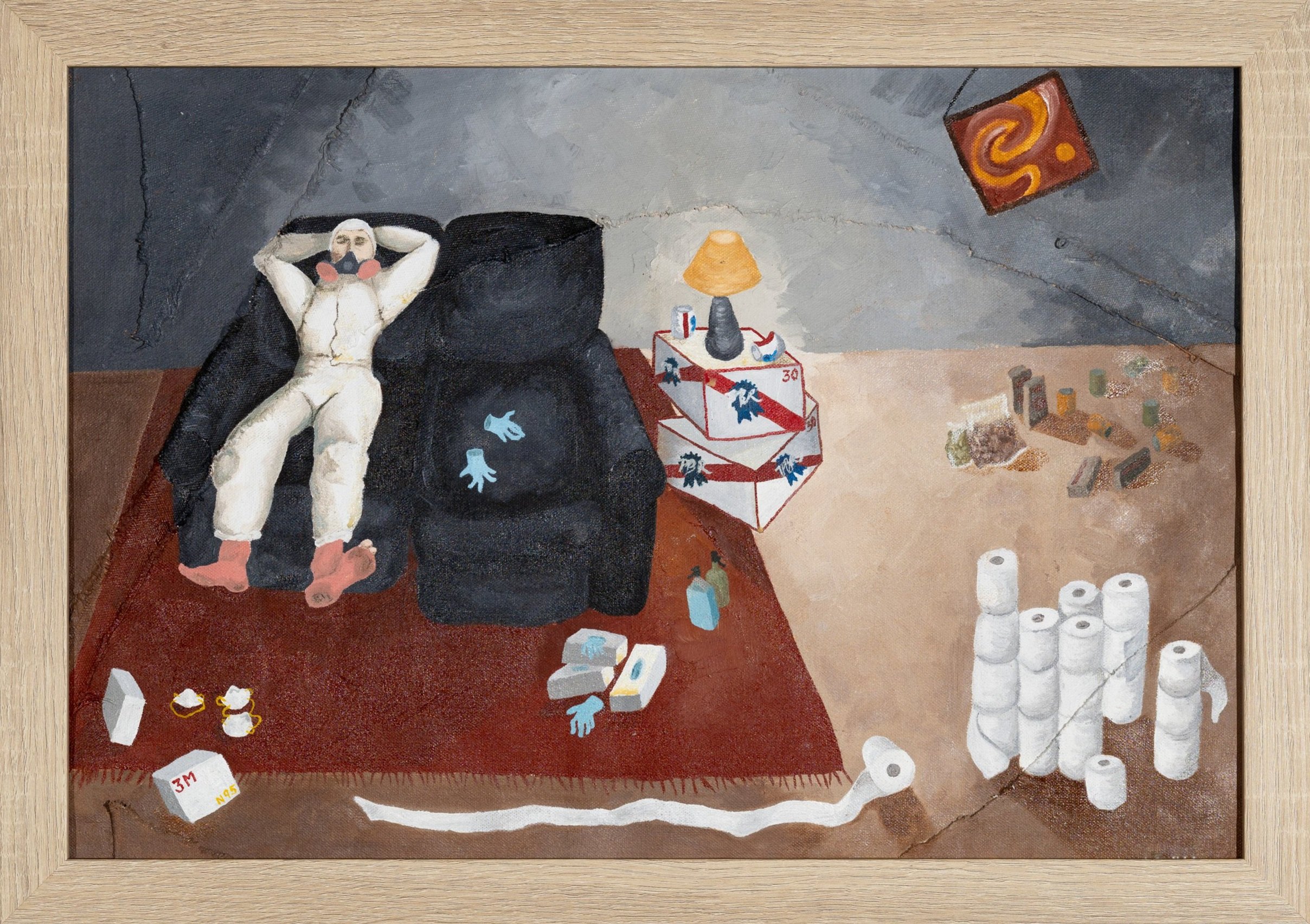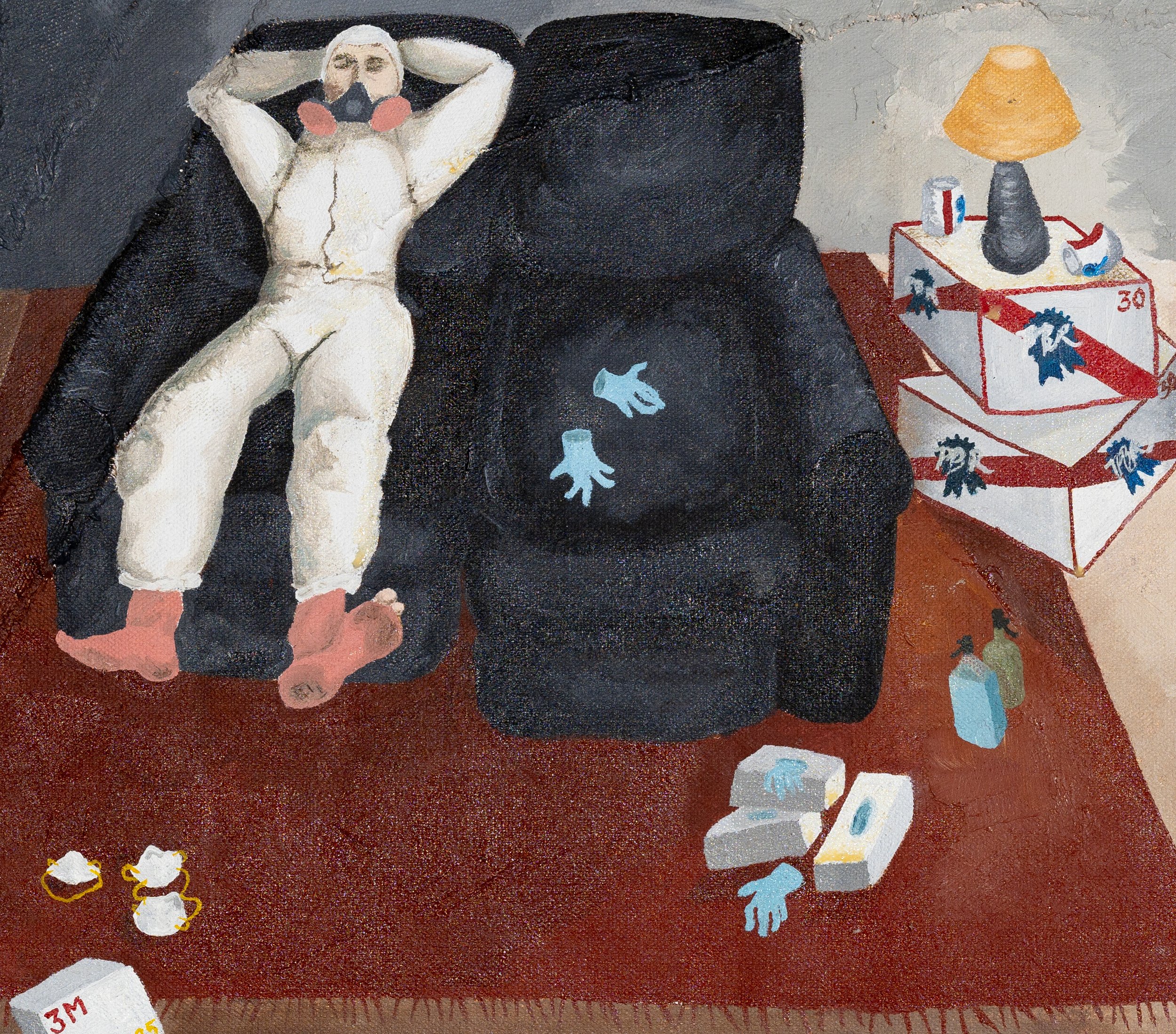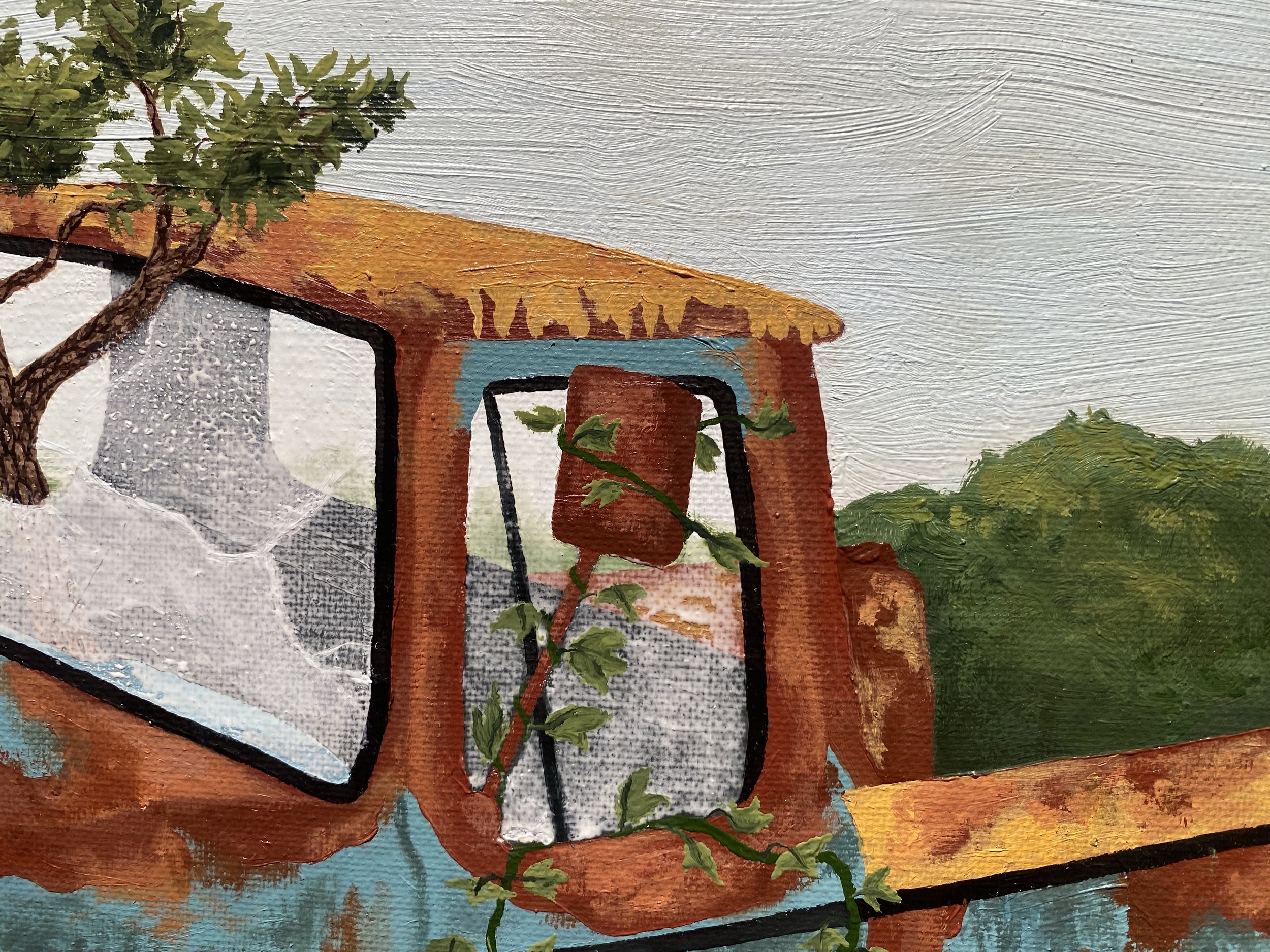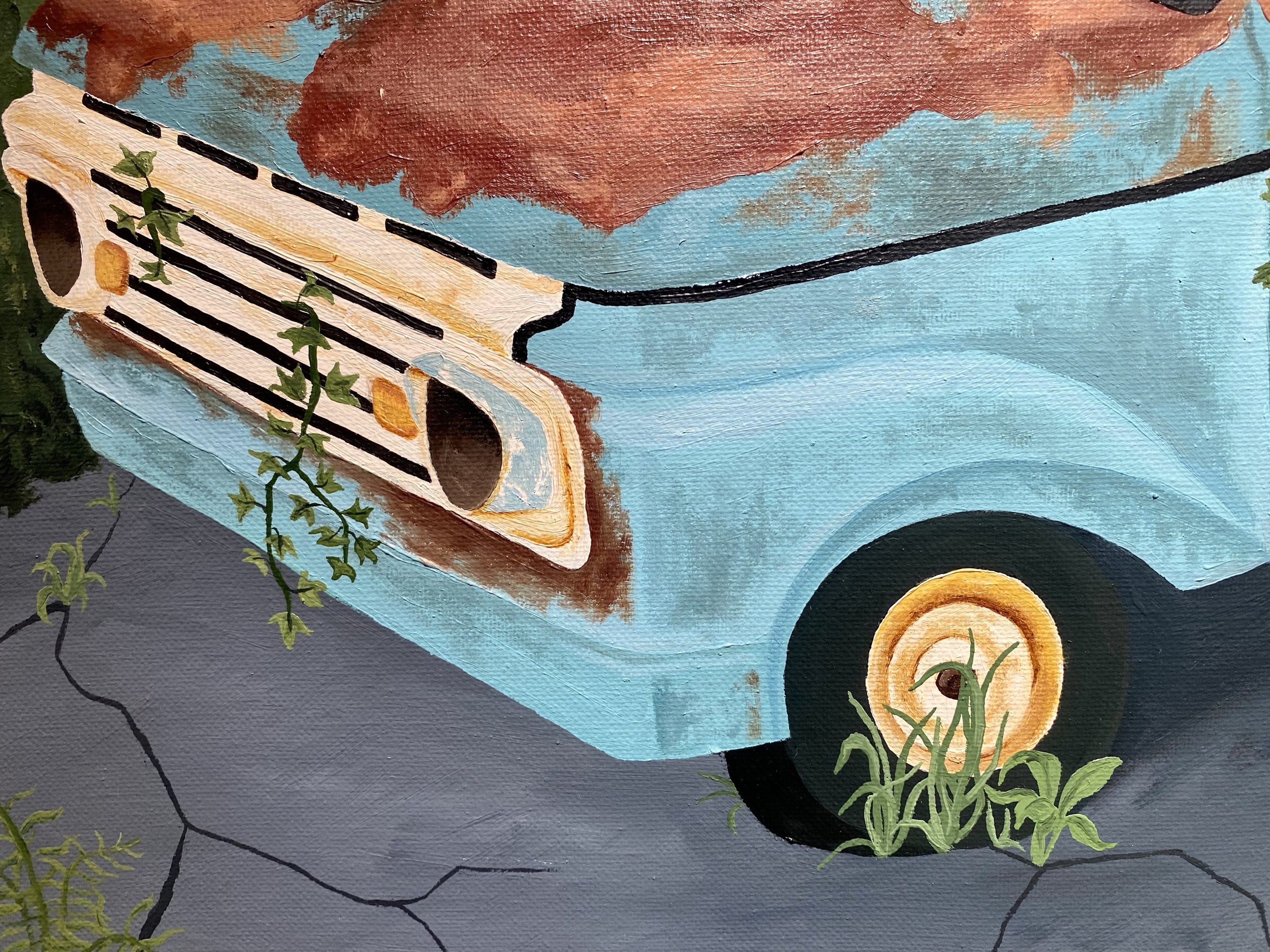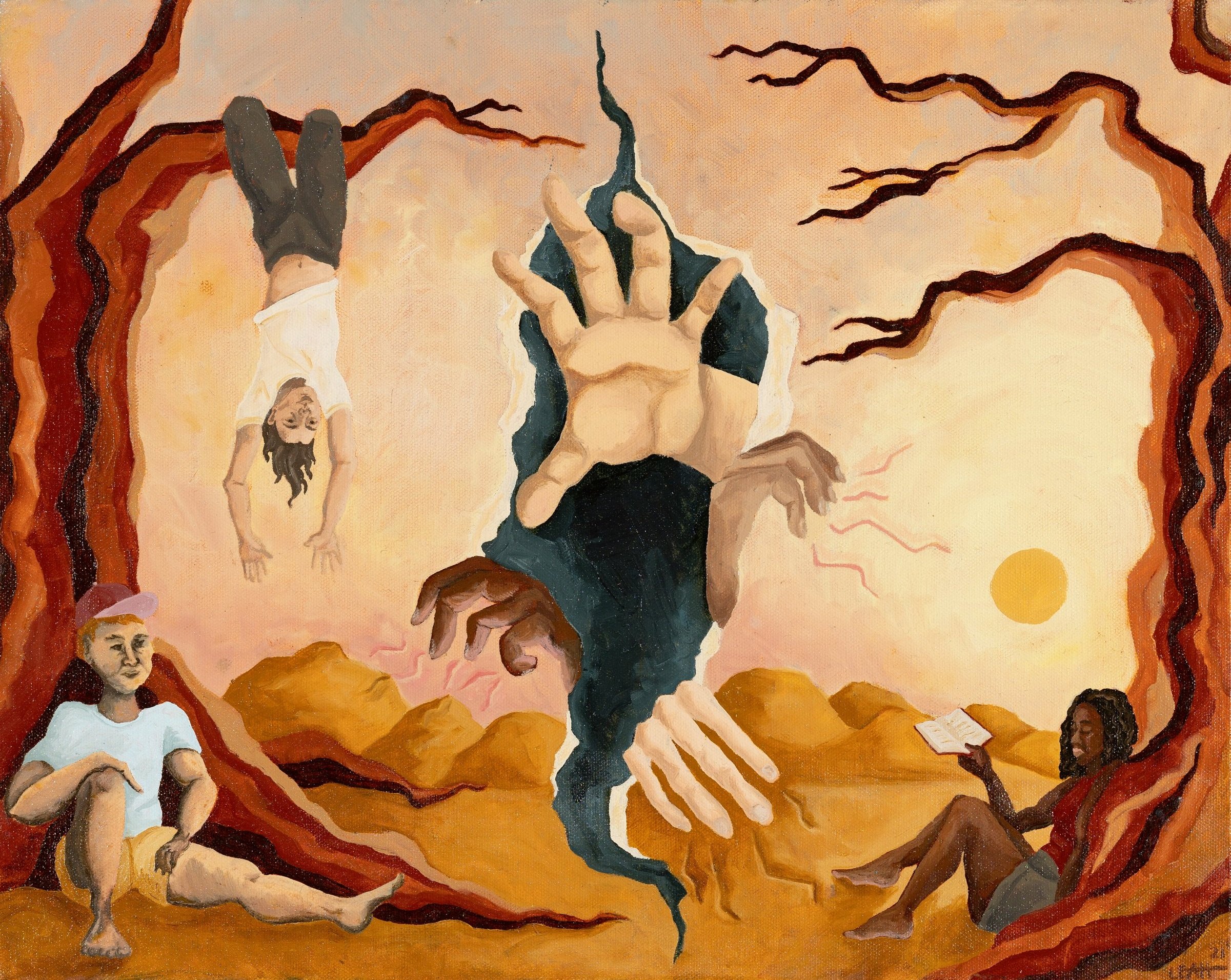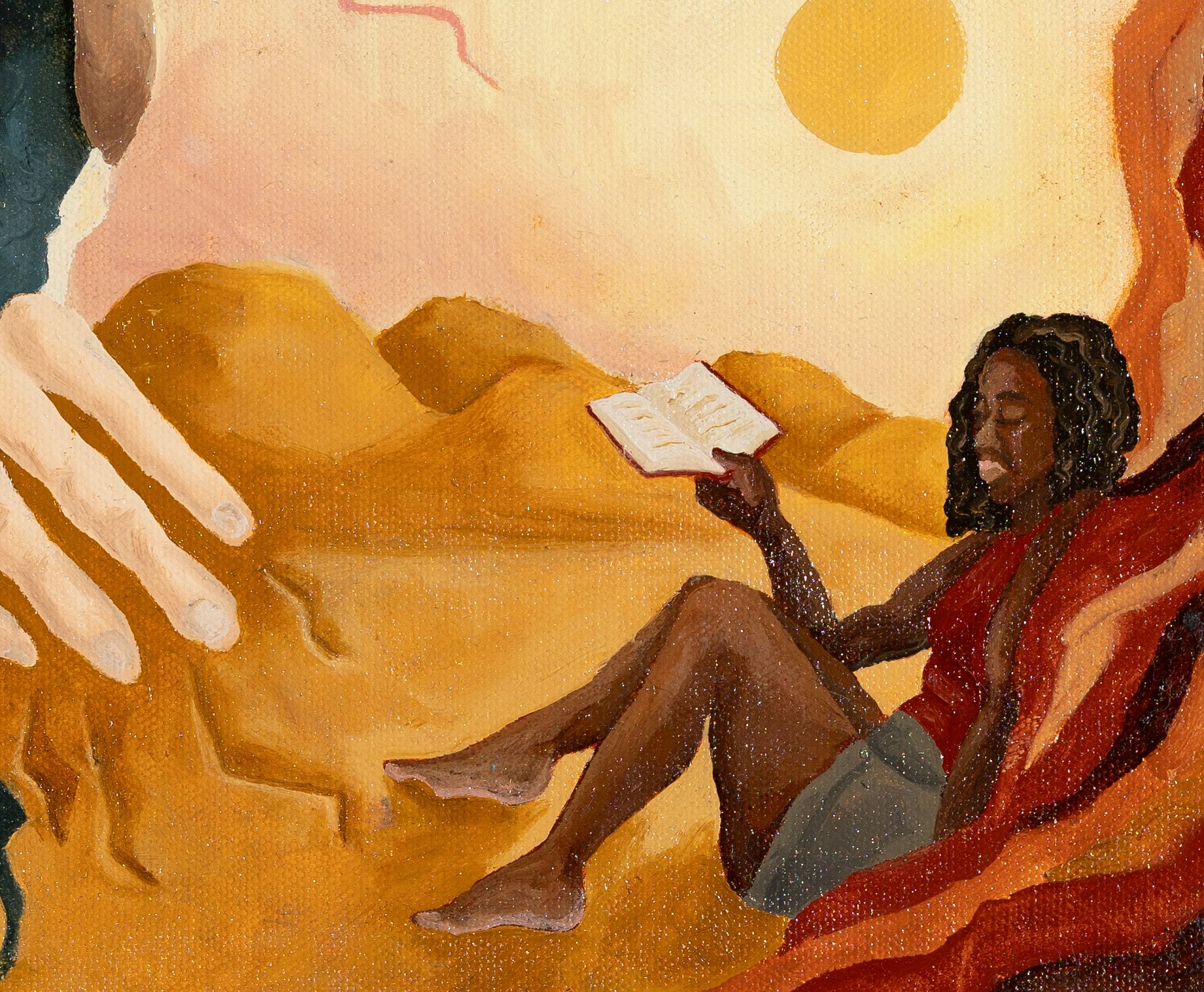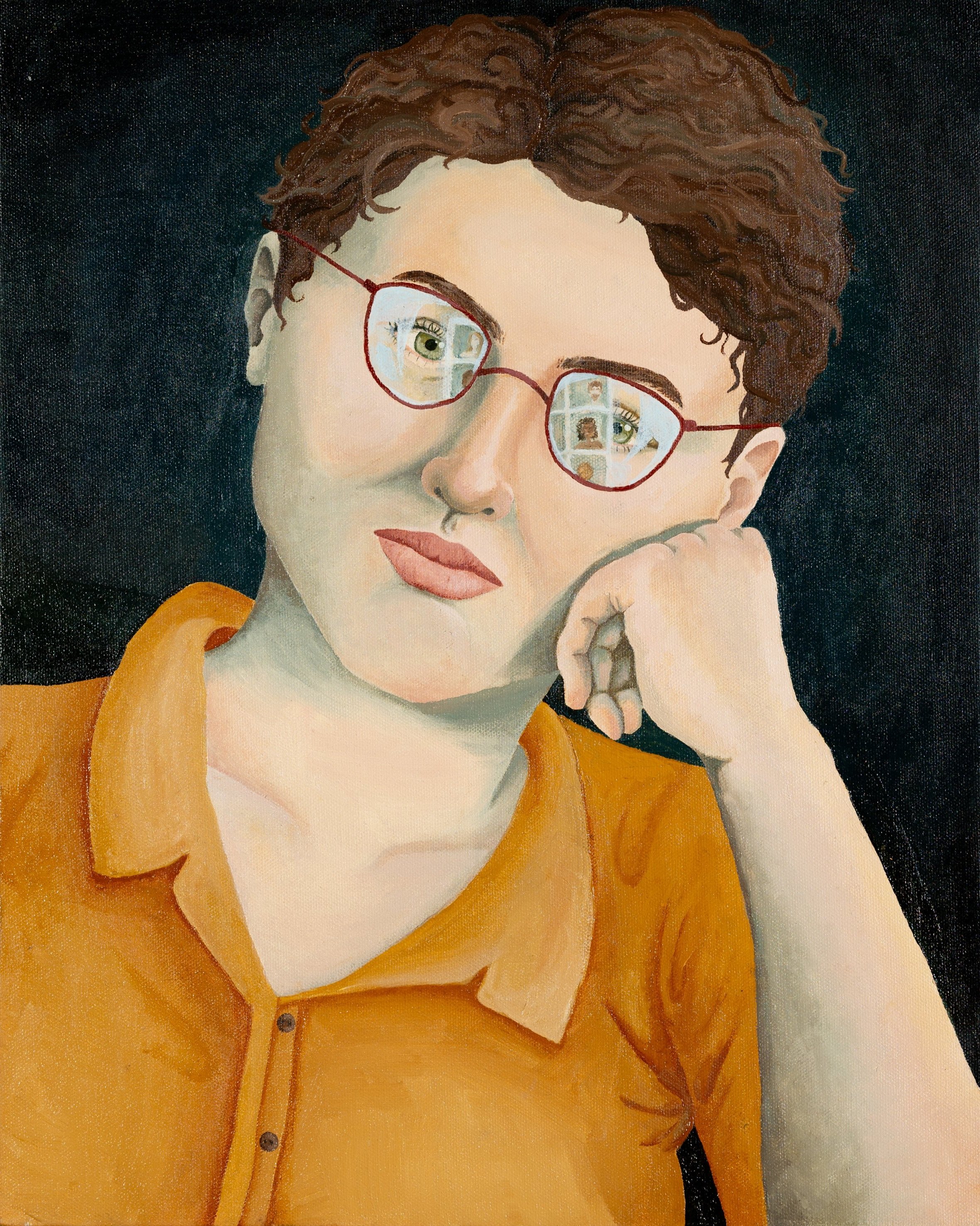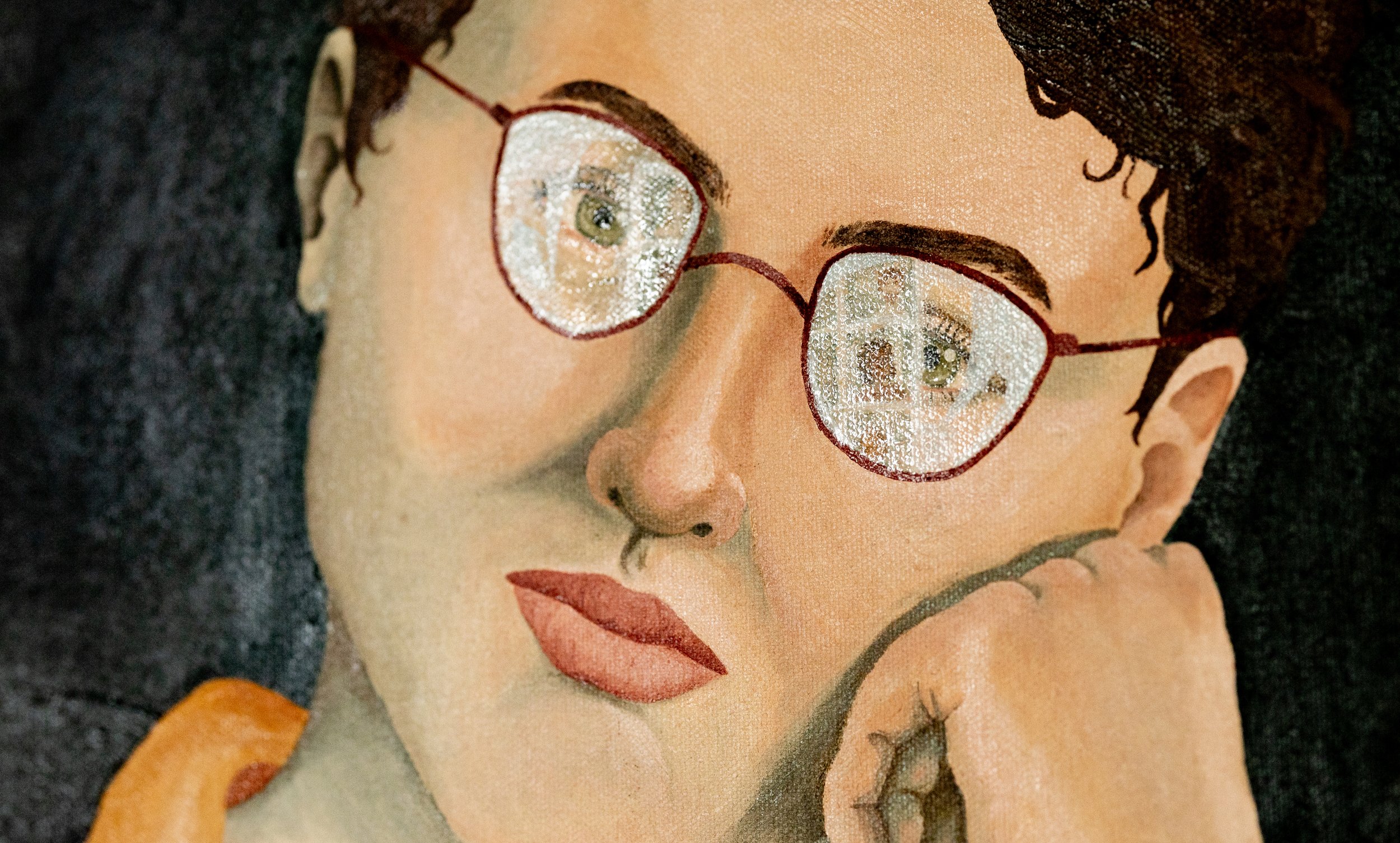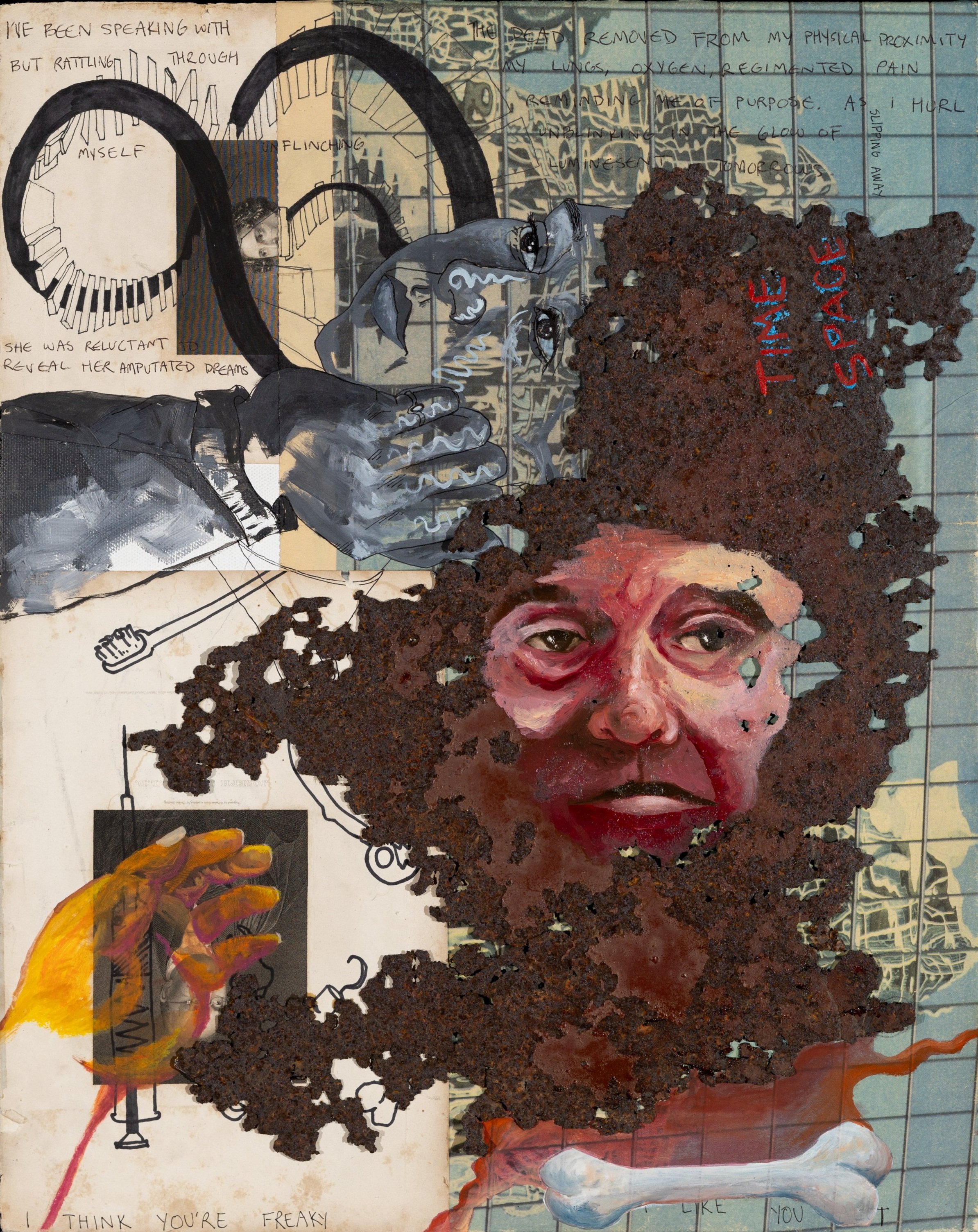 Image 1 of 2
Image 1 of 2

 Image 2 of 2
Image 2 of 2



Mulberry in Evans Way Park
from $40.00
acrylic on canvas 2017- Mulberry in Evans Way Park:
Before creating this painting, I spent three months observing this Mulberry tree up close and from afar, and exploring it in different mediums. I spent countless hours examining its branches, leaves, and the way it interacted with the surrounding environment. Through sketches, photographs, and detailed notes, I documented every aspect of its character. These studies became stepping stones, providing insights and inspiration for the final acrylic painting. After moving to Boston from rural Western Massachusetts, this tree at Evans Way Park provided a much needed slice of nature.
Fun Fact:
The earliest recorded use of mulberry fruits was by the De Soto expedition in the mid 1500s, who observed the Muskogee Indians consuming dried fruits. During the winter, the Iroquois mashed, dried, and stored mulberry berries, and then added them to water to make warm sauces that they sometimes mixed into cornbread. The Cherokee made sweet dumplings by mixing cornmeal and sugar with the berries. In addition to eating the berries, the Timucua of northeast Florida used the leaves, twigs, and berries to make dyes, and Seminoles used the branches to make bows. Eventually, European settlers used the fruits to make pies, preserves, and other sweets. Trees were widely planted for the production of fruit as a food source and as feed for livestock. The wood from Mulberry trees has also been used in the construction of furniture, boats, and tubs. Many tribes also used different parts of mulberry to treat various illnesses.
Citations:
Michael G. Andreu, Melissa H. Friedman, Mary McKenzie, and Heather V. Quintana. "Morus rubra, Red Mulberry." EDIS New Publications RSS. April 25, 2016. Accessed September 17, 2017. http://edis.ifas.ufl.edu/fr326.
Type:
acrylic on canvas 2017- Mulberry in Evans Way Park:
Before creating this painting, I spent three months observing this Mulberry tree up close and from afar, and exploring it in different mediums. I spent countless hours examining its branches, leaves, and the way it interacted with the surrounding environment. Through sketches, photographs, and detailed notes, I documented every aspect of its character. These studies became stepping stones, providing insights and inspiration for the final acrylic painting. After moving to Boston from rural Western Massachusetts, this tree at Evans Way Park provided a much needed slice of nature.
Fun Fact:
The earliest recorded use of mulberry fruits was by the De Soto expedition in the mid 1500s, who observed the Muskogee Indians consuming dried fruits. During the winter, the Iroquois mashed, dried, and stored mulberry berries, and then added them to water to make warm sauces that they sometimes mixed into cornbread. The Cherokee made sweet dumplings by mixing cornmeal and sugar with the berries. In addition to eating the berries, the Timucua of northeast Florida used the leaves, twigs, and berries to make dyes, and Seminoles used the branches to make bows. Eventually, European settlers used the fruits to make pies, preserves, and other sweets. Trees were widely planted for the production of fruit as a food source and as feed for livestock. The wood from Mulberry trees has also been used in the construction of furniture, boats, and tubs. Many tribes also used different parts of mulberry to treat various illnesses.
Citations:
Michael G. Andreu, Melissa H. Friedman, Mary McKenzie, and Heather V. Quintana. "Morus rubra, Red Mulberry." EDIS New Publications RSS. April 25, 2016. Accessed September 17, 2017. http://edis.ifas.ufl.edu/fr326.
